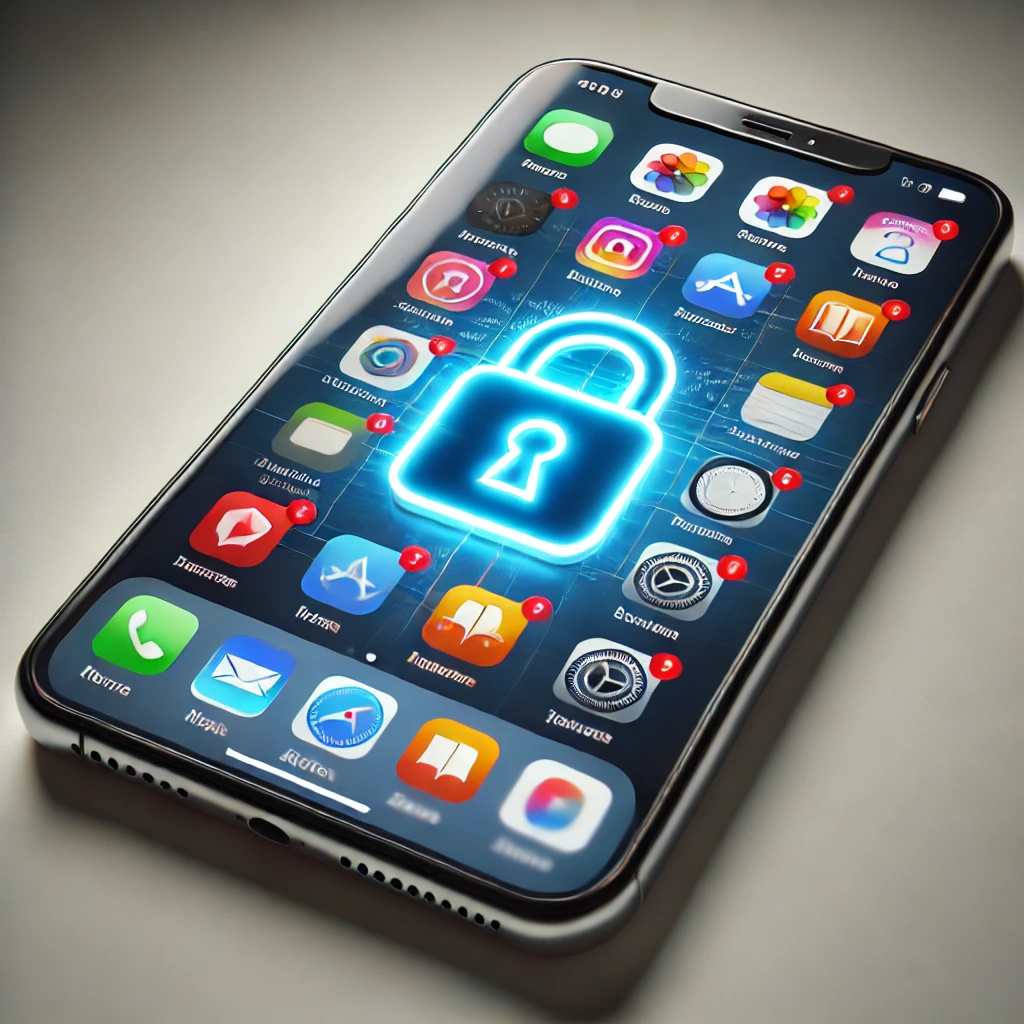
Mobile App Security: 10 Smart Steps to Protect Your Data and Privacy
Mobile applications have seamlessly integrated into our daily routines, offering unparalleled convenience. However, this convenience often comes with hidden security risks that can compromise your personal and professional data. As a business leader, safeguarding your information is paramount. Here are ten essential strategies to enhance your mobile app security:
1. Download Apps Exclusively from Official Sources
Always obtain applications from reputable platforms like the Apple App Store or Google Play Store. These platforms implement rigorous security checks to minimise the risk of malicious software infiltrating your device. Avoid downloading apps from unverified third-party sources, as they may harbour harmful code.
2. Scrutinise App Permissions
Before installing any application, carefully review the permissions it requests. Be wary of apps that seek access to data or features irrelevant to their functionality. For instance, a simple note-taking app shouldn’t require access to your location or contacts. Limiting unnecessary permissions reduces potential vulnerabilities.
3. Maintain Updated Software
Regularly updating your device’s operating system and applications ensures you benefit from the latest security patches. Developers continually address identified vulnerabilities; staying current is a straightforward yet effective defence against potential threats.
4. Implement Robust Passwords
Utilise complex, unique passwords incorporating a mix of letters, numbers, and symbols. Avoid reusing passwords across multiple platforms. Consider employing a reputable password manager to securely store and generate strong passwords, simplifying the management process.
5. Activate Multi-Factor Authentication (MFA)
Enhance account security by enabling MFA, which requires additional verification steps beyond just a password. This could involve a code sent to your phone or biometric verification, adding an extra layer of protection against unauthorised access.
6. Exercise Caution with Public Wi-Fi
Public Wi-Fi networks are often unsecured, making data transmitted over them susceptible to interception. Avoid accessing sensitive information or conducting financial transactions on public networks. If necessary, use a Virtual Private Network (VPN) to encrypt your connection.
7. Regularly Review App Activity
Periodically assess the applications installed on your device. Uninstall those you no longer use or that are outdated, as they may not receive security updates, posing potential risks.
8. Utilise Built-In Security Features
Leverage your device’s security capabilities, such as biometric authentication (fingerprint or facial recognition) and app-specific locks. These features add layers of security, making it more challenging for unauthorised users to access your data.
9. Be Vigilant with Communications
Be cautious of unsolicited messages or emails, especially those containing links or attachments. Cybercriminals often use phishing tactics to trick users into revealing sensitive information or installing malicious software. Always verify the authenticity of the sender before engaging.
10. Educate Your Team
Ensure that all members of your organisation are informed about mobile security best practices. Regular training sessions can help cultivate a security-conscious culture, reducing the likelihood of human error leading to security breaches.
By implementing these measures, you can significantly reduce the risk of security threats associated with mobile applications, ensuring your personal and business information remains protected.
